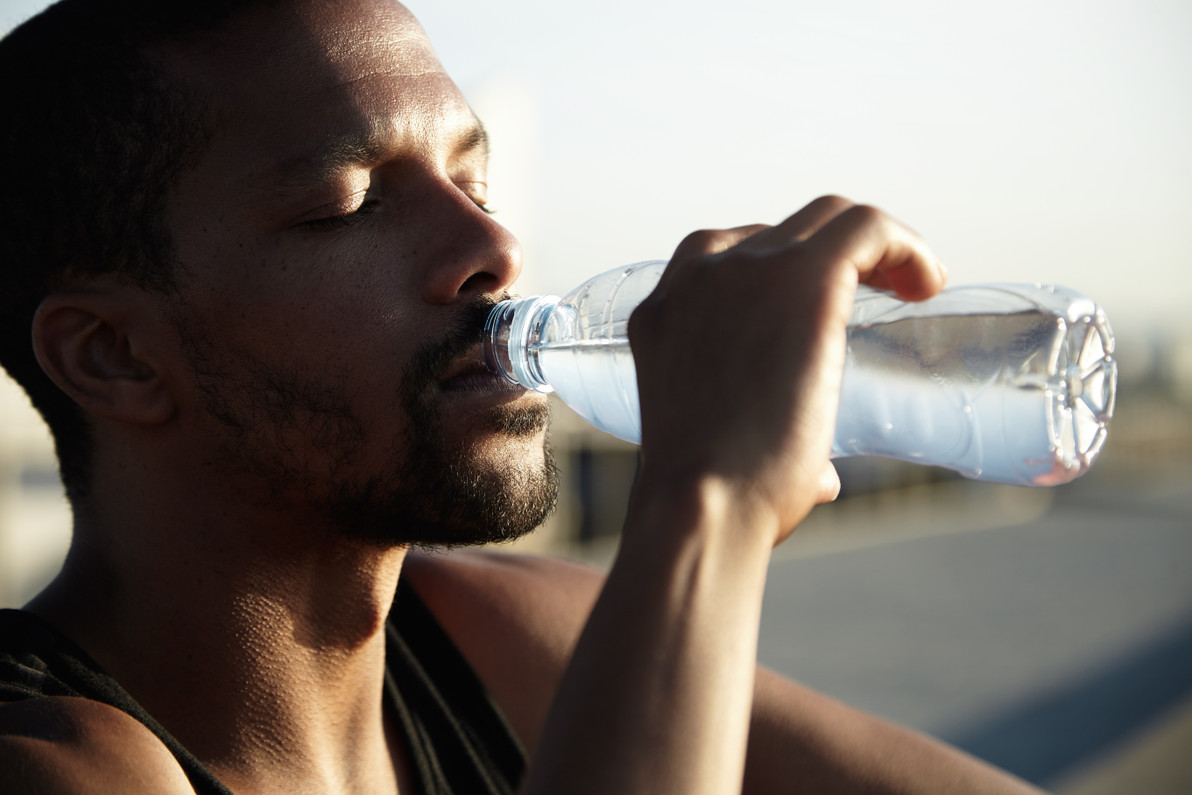Job Site Heat Stress Relief
Job sites need to stay on pace all the time, but you're probably familiar with what’s looming ahead that’s sure to slow things down. Summer heat in the Northern hemisphere will soon be upon us. You may already be feeling it. Not only do we need to protect ourselves from the heat, but we also need to recognize and treat ourselves and any of our co-workers who may be suffering from excessive heat exposure.
Step 1: Be prepared – bring plenty of fresh water to your job and stay hydrated. In addition, dress properly for the weather. Often, staying cool is difficult with safety clothing designed to protect you from hazards. Safety Smart Gear has an entire department dedicated to heat stress relief. Choose your clothing and heat stress gear ahead of time, before you need it.
Step 2: Recognize the symptoms of heat stress – keep an eye on your co-workers and learn when there may be signs that they are in trouble. Heat exhaustion can come on slowly, but we often don’t recognize it until it’s already causing severe problems.
Step 3: Don't delay, respond to signs and symptoms of heat-related illness early, so that the condition doesn't worsen. Immediate first aid is straightforward and goes along with most common sense. The most serious of these conditions is heatstroke. If you or anyone on the job site are showing symptoms of heatstroke (a serious illness), then get medical help right away. Don't give aspirin or acetaminophen to anyone with heat stroke, as this can cause other problems. Most people with heatstroke have an altered level of consciousness and cannot safely be given fluids to drink.
|
HEAT-RELATED ILLNESSES |
|
|
WHAT TO LOOK FOR |
WHAT TO DO |
|
HEAT STROKE |
|
|
|
|
HEAT EXHAUSTION |
|
|
Get medical help right away if:
|
|
HEAT CRAMPS |
|
|
Get medical help right away if:
|
|
SUNBURN |
|
|
|
|
HEAT RASH |
|
|
|
|
Source: cdc.gov |
|
Recent Posts
-
The Evolution of Safety Clothing, PPE, and Job Safety Standards
At Safety Smart Gear, the nation’s most trusted online store for protective apparel, we know t …Jun 16th 2025 -
Custom Safety Clothing Printing Options
Custom Safety Clothing Printing: Screen Printing & Heat Press Options When it comes to safety cl …May 13th 2025 -
Made In USA Safety Clothing
Benefits of Made in USA Safety Clothing Making Safe Choices with USA-Made Safety Clothing When …Apr 14th 2025




